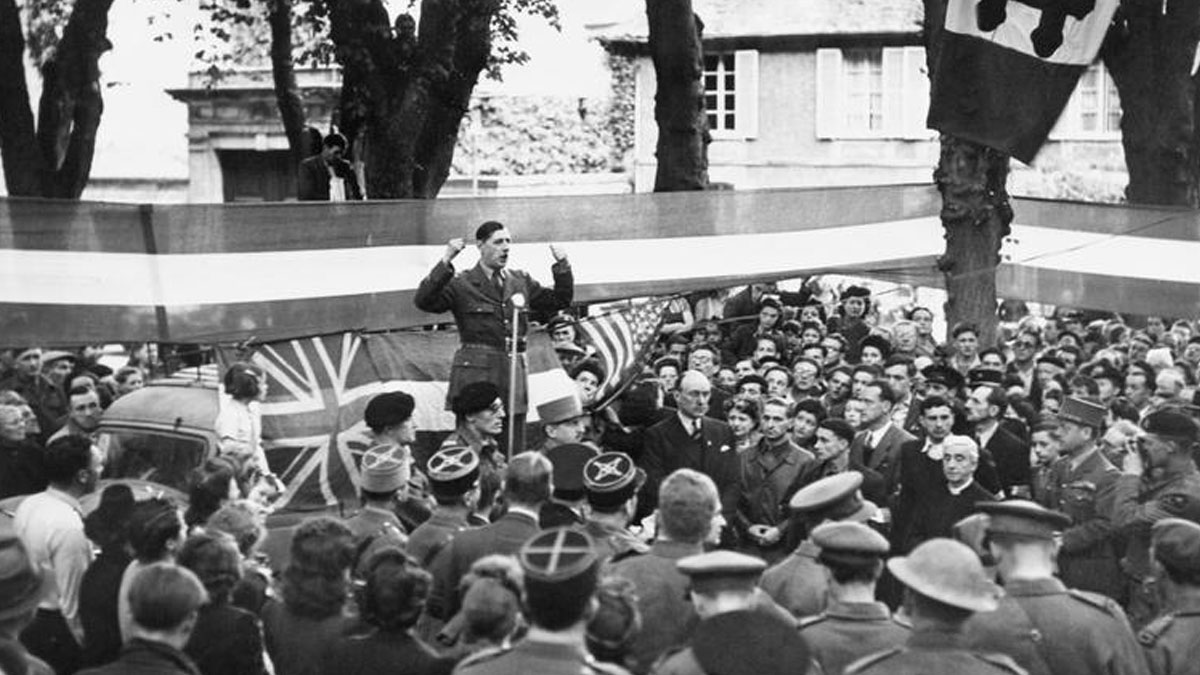A short walk from Bayeux's historic town centre is the Museum of the Battle of Normandy. That's the Musée Mémorial Bataille de Normandie in French. The museum opened in 1981. It's setting in Bayeux marks the first town liberated by the Allies on the French mainland.
The Battle of Normandy Museum is only a few hundred yards from the Bayeux War Cemetery and Bayeux War Memorial on Boulevard Fabien Ware. Although it closes for lunch, you can use this time to explore the surroundings.
It’s easy to spend an afternoon on the 2300 m2 site. The museum is full of artefacts from the battle, which raged from 6th June to 29th August 1944. Realistic mannequins display Allied and German uniforms while authentic vehicles man the perimeter.
It’s run by local historian Remy Desquesnes and is the only museum dedicated to the battle. One of the main attractions is the amount of surviving relics from the Battle of Normandy. You can get up close to a Half-Track M3, Caterpillar D7 Bulldozer and the classic American Willy’s Jeep. Four tanks are on permanent display outside: US M4 Sherman, M10 Tank Destroyer, British Churchill Crocodile and a German Hetzer Jagdpantzer.
The Battle of Normandy
A visit to the museum allows you to follow both the themes and chronology of the unfolding events of the summer of 1944. Pictures and documents tell the story of the Atlantic Wall, Norman defences, and the landings preparations. A large circular room details the landing of 6th June 1944. You can learn all about the Utah, Omaha, Gold, Juno and Sword Beaches before continuing into battle.
There is a large amount of information and detail to take in at the museum. Showcases of costumes, weaponry, and vehicles make it an enjoyable experience exploring the facets of war. Photos, maps, sketches, and multimedia material help talk the visitor through the major operations. Although focused on the American involvement, there are items on show from Allies and Germans alike.
A visit ends with the Battle of the Falaise Gap. This battle lasted from 12th to 21st August 1944 and was a huge defeat for the German 7th Army. It’s a fitting end to the afternoon as it’s usually seen as the end of the Battle of Normandy.
It may not have all the modern conveniences of some newer museums but the Battle of Normandy Museum is well worth a visit. Maybe even more than one is necessary to take in the whole story. This post makes up part of our travel diary from the 70th-anniversary of D-Day in Normandy 2014.
